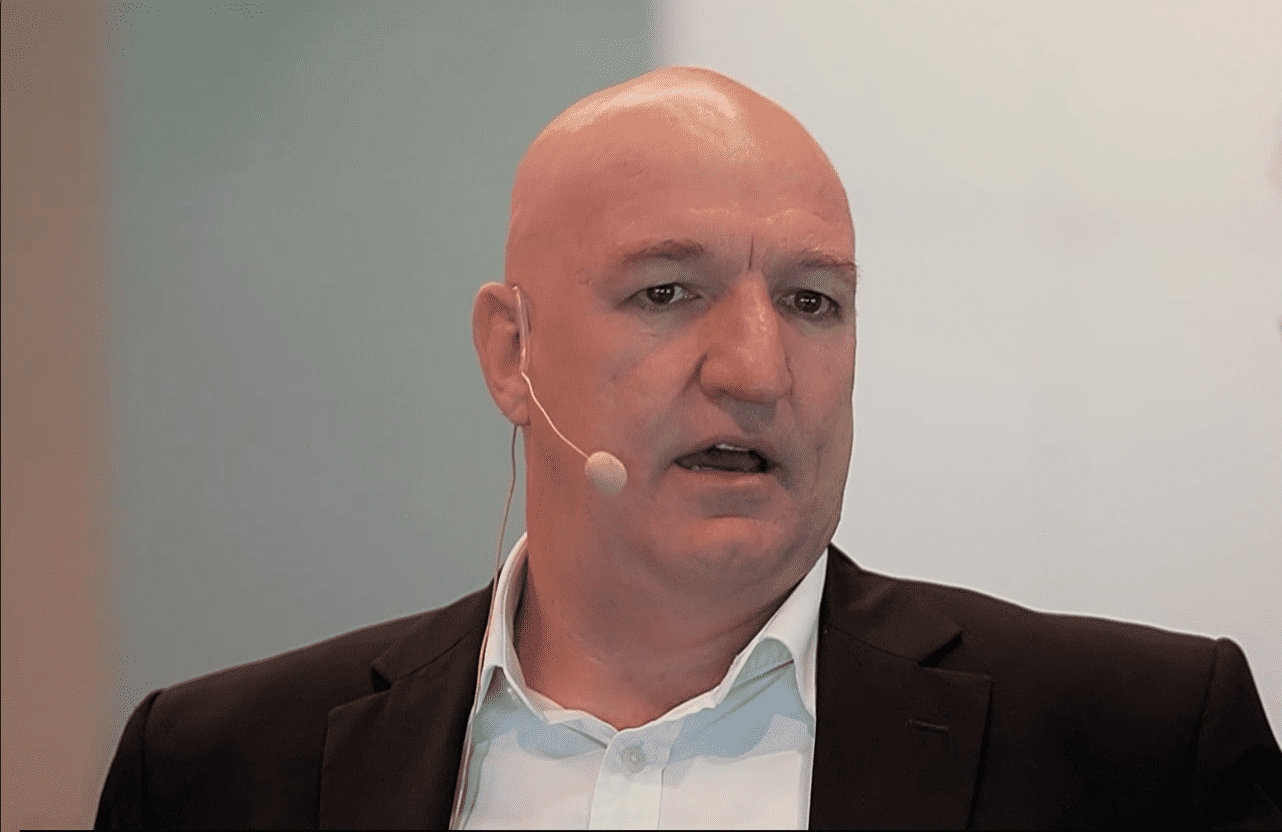Australia is transitioning away from a once in a lifetime resource investment boom that has been a huge contributor to our gross domestic product growth over the past 15 years – a time where annual GDP growth has averaged around 3.0%.
However, it doesn't look like we can rely on that average growth in the future, which could impact our investment decisions today.
The Australian Treasury is preparing to downgrade its forecast of economic growth, according to a recent article in The Sydney Morning Herald. Treasury Secretary, Mr John Fraser, said the Treasury were assuming the long-term growth limit was "something a little bit over 3 percent".
In light of our current economic outlook, "it may have to be marked down a little bit," he said, "I am not talking about over the next three or four years, I am talking about over the next 10 to 15 years".
Impact
A long-term downgrade to our economic growth forecast will have an impact on our entire country if it occurs in reality, but some sectors will fare better and others will fare worse.
Consider the outlook for the mining industry compared to that of the healthcare sector: mining is facing a global product oversupply, falling prices and reducing investment while healthcare has defensive, stable earnings and an increasing demand for its goods and services due to an aging population.
The question is, how should this affect your stock selection?
Top-down versus Bottom-up stock selection
The top-down approach starts with the larger macro picture. Global economic conditions are considered first before finding particular industries that are likely to experience above-average growth in the future. From these industries, specific stocks are then selected.
This method can provide a false sense of security if investors assume that merely operating in a growing industry will ensure business success. The hype and blue sky potential of these companies often results in sky-high valuations, such as 1-Page Ltd (ASX: 1PG) and Reffind Ltd (ASX: RFN), with a subsequent increase in risk.
The bottom-up approach reduces the significance of economic and market cycles. Instead, investors focus on the fundamental performance and valuation of the business (i.e. in-depth analysis of the financial statements) and assume that individual companies can exceed the performance of their industry.
Which is best?
As long-term investors, we have to focus on the business fundamentals that would suggest using the bottom-up approach. However, I think the best long-term investments are often those companies with solid fundamental metrics operating in favourable industries, with strong tailwinds.
Therefore, using a combination of the two approaches will likely yield the best results.
A few years ago the surging demand for telecommunications and computing services was well publicised and could have led investors to quality businesses including Integrated Research Limited (ASX: IRI) and Vocus Communications Limited (ASX: VOC).
More recently, global organisations and businesses are switching their office-based computing hardware for cloud-based applications. This transition will provide the wind behind the sail for companies such as cloud accounting software provider Xero FPO NZ (ASX: XRO) and cloud services company Bulletproof Group Ltd (ASX: BPF) for many years to come, provided the business fundamentals are sound.
Foolish Takeaway
When you are searching for your next investment, ensure you consider the business fundamentals and the industry around it. By doing so, you will likely find the best investments on the market.








